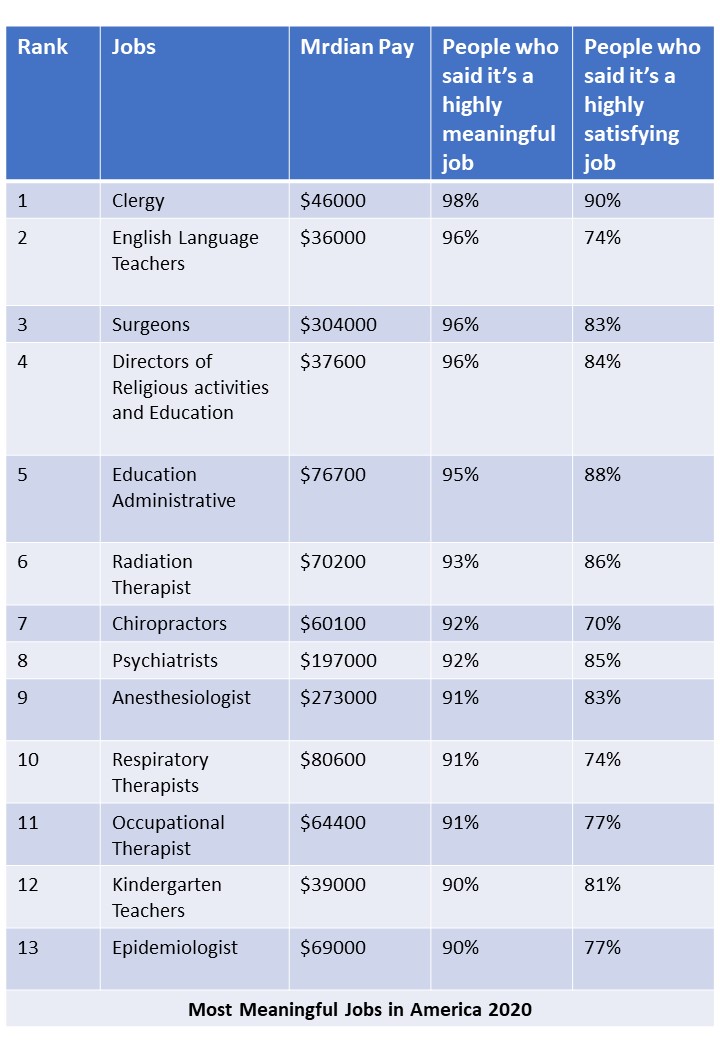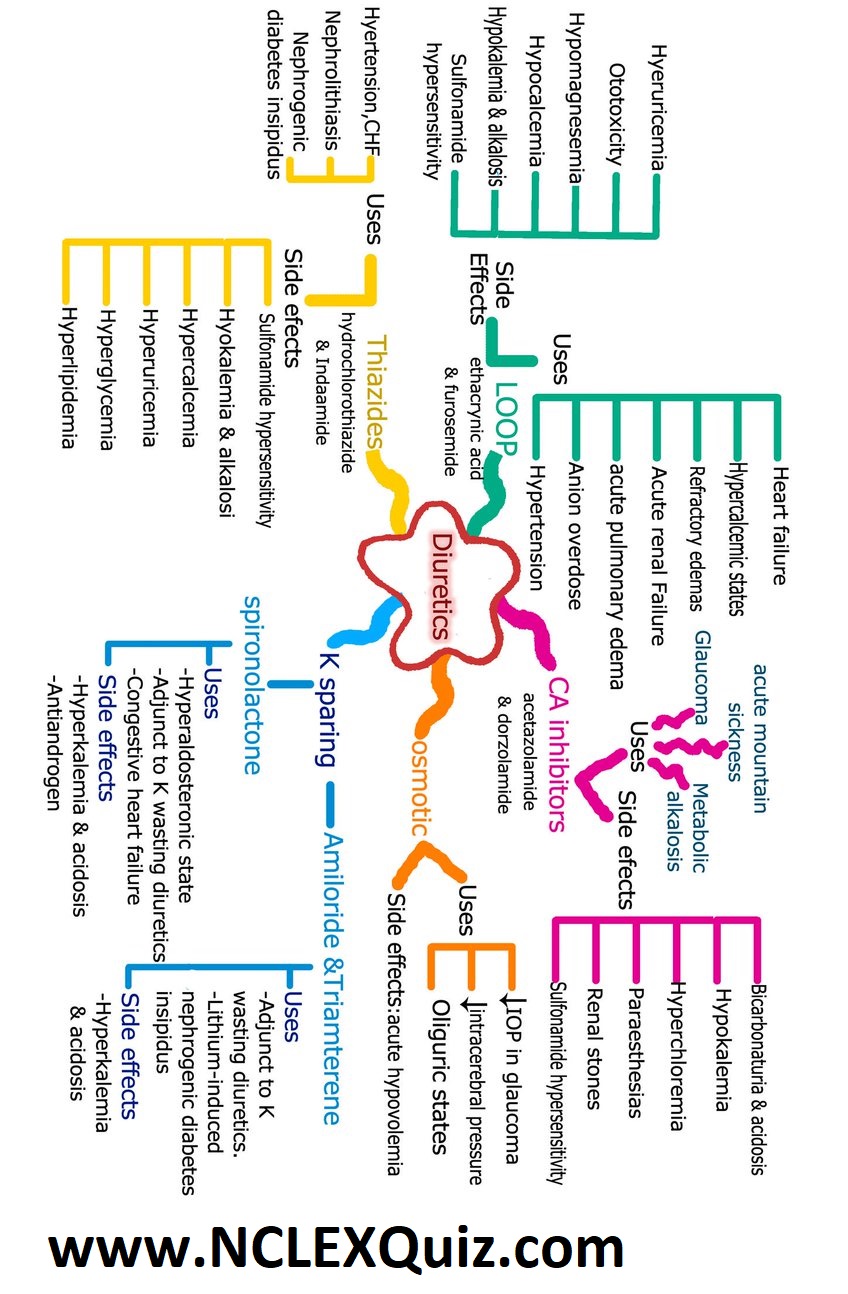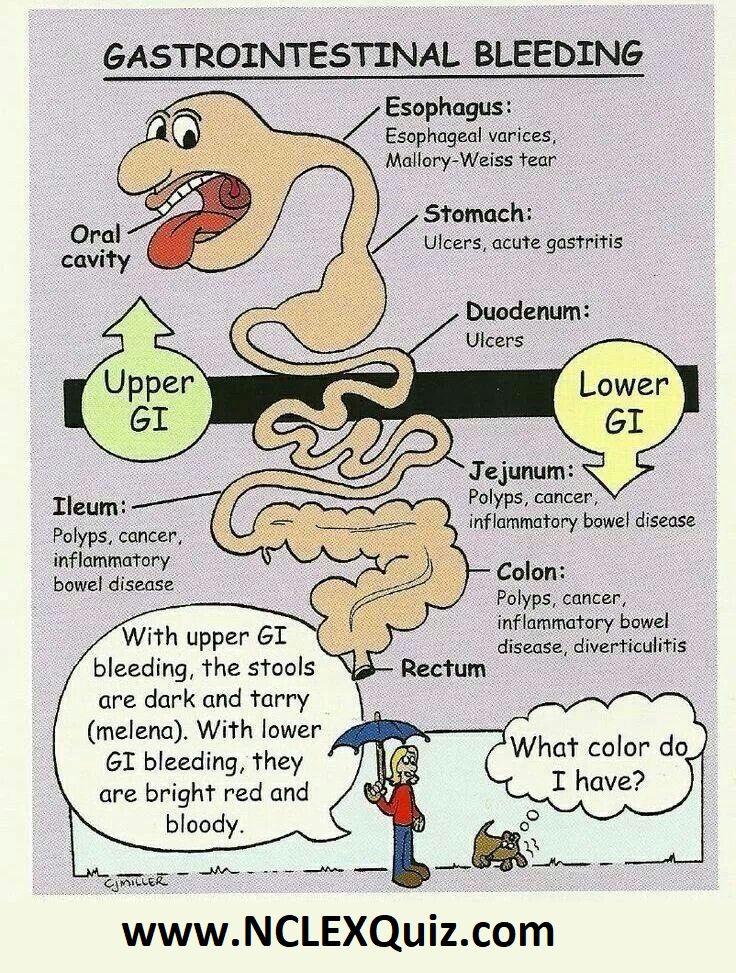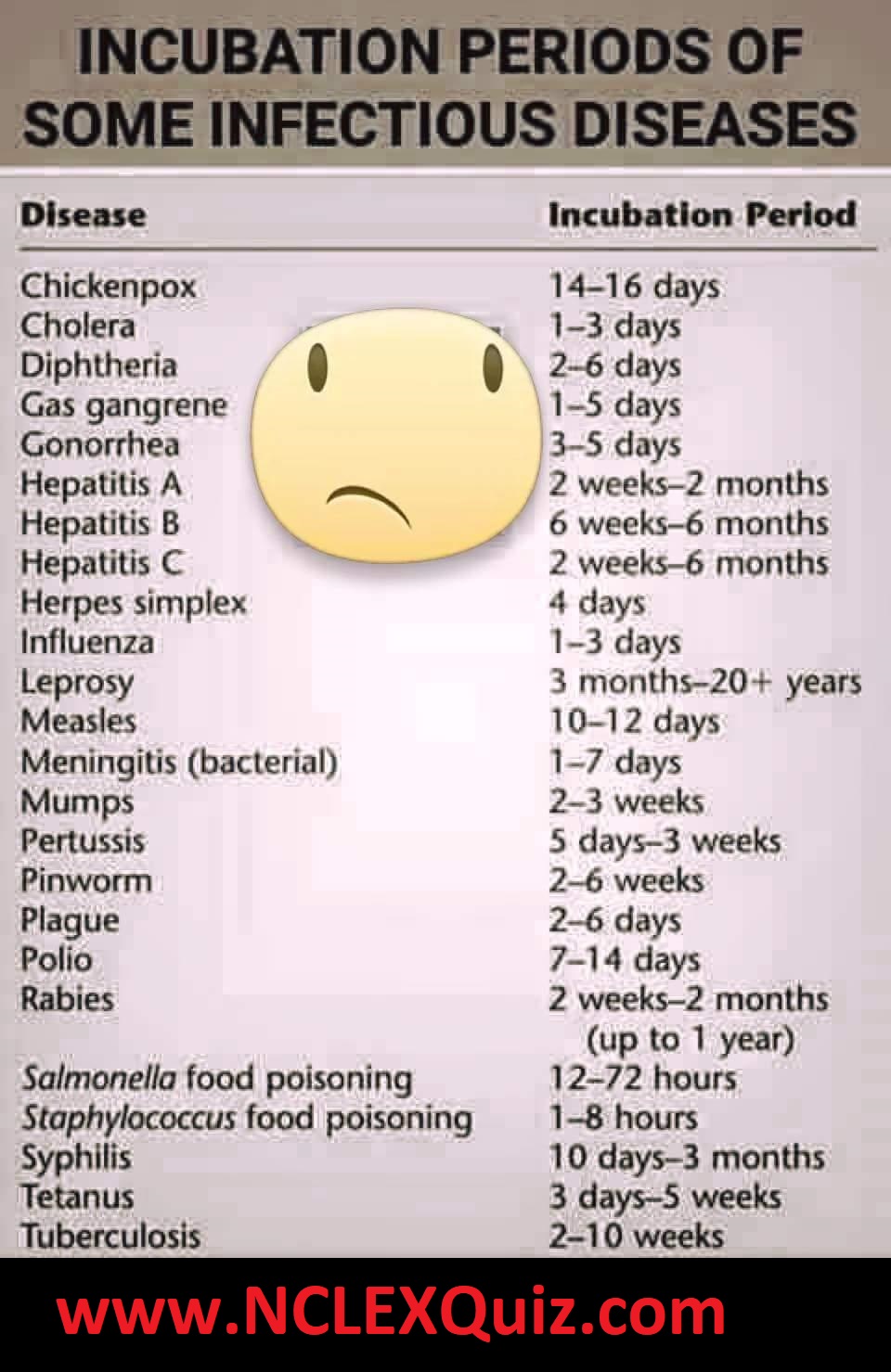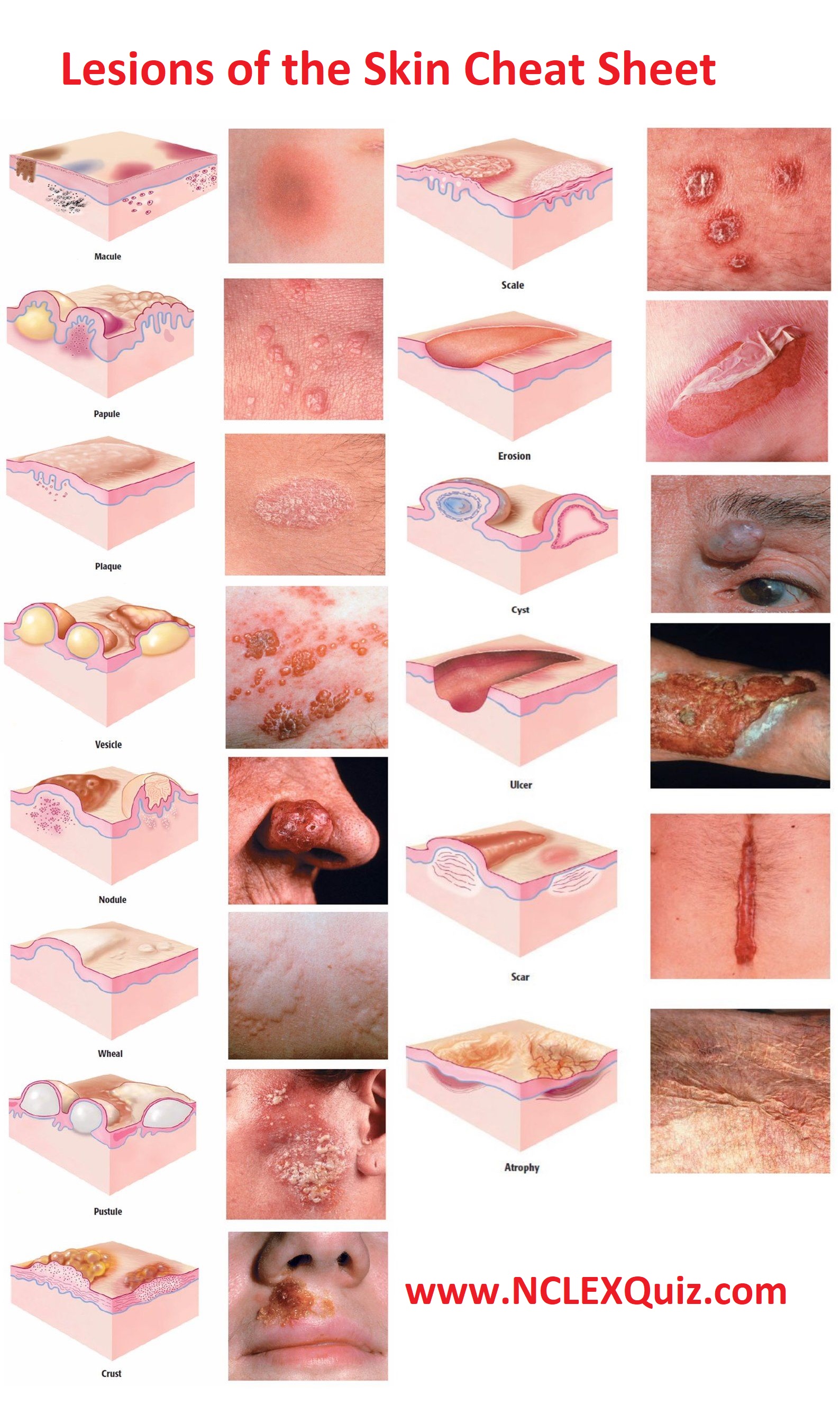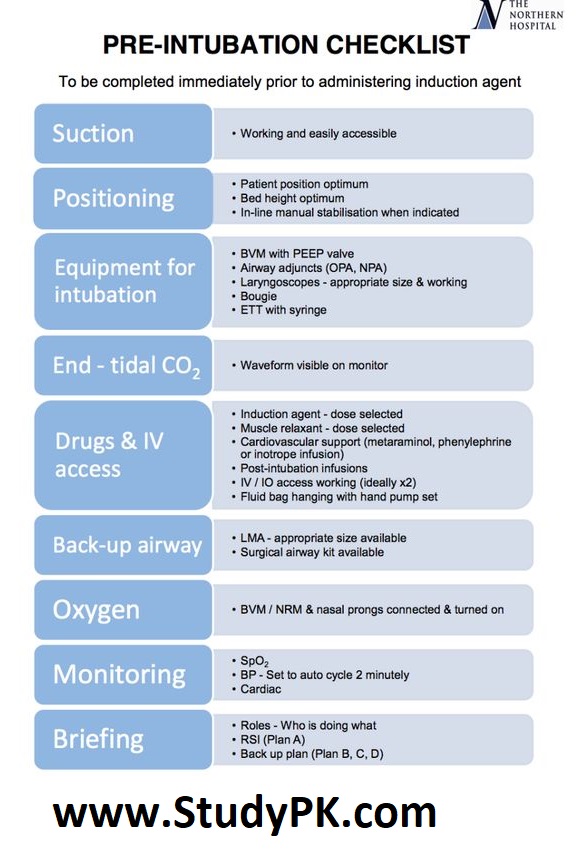Shock: Signs, Symptoms, Treatment, and When to Prepare for Transcutaneous Pacing

When to Prepare for Transcutaneous Pacing
Transcutaneous pacing (TCP) is a temporary measure used to increase a patient’s heart rate if it is too low. It is typically used in patients with cardiogenic shock, but it can also be used in patients with other types of shock if their heart rate is too low.
The signs and symptoms that indicate a patient may need TCP include:
A heart rate of less than 60 beats per minute
Signs of poor perfusion, such as low blood pressure, pale skin, and confusion
If a patient is showing these signs and symptoms, it is important to prepare for TCP as soon as possible. This involves getting the equipment ready and having a team of trained personnel available to perform the procedure.
Here are some additional tips for remembering when to prepare for TCP:
Think about the type of shock the patient is in. Cardiogenic shock is the most common type of shock that requires TCP.
Consider the patient’s heart rate. If the patient’s heart rate is less than 60 beats per minute, they may need TCP.
Look for signs of poor perfusion. If the patient is showing signs of poor perfusion, such as low blood pressure, pale skin, and confusion, they may need TCP.




